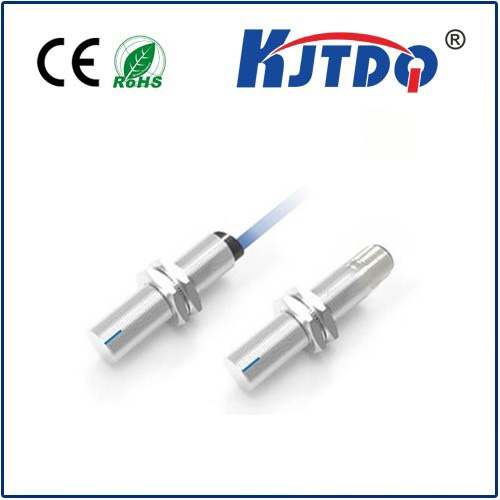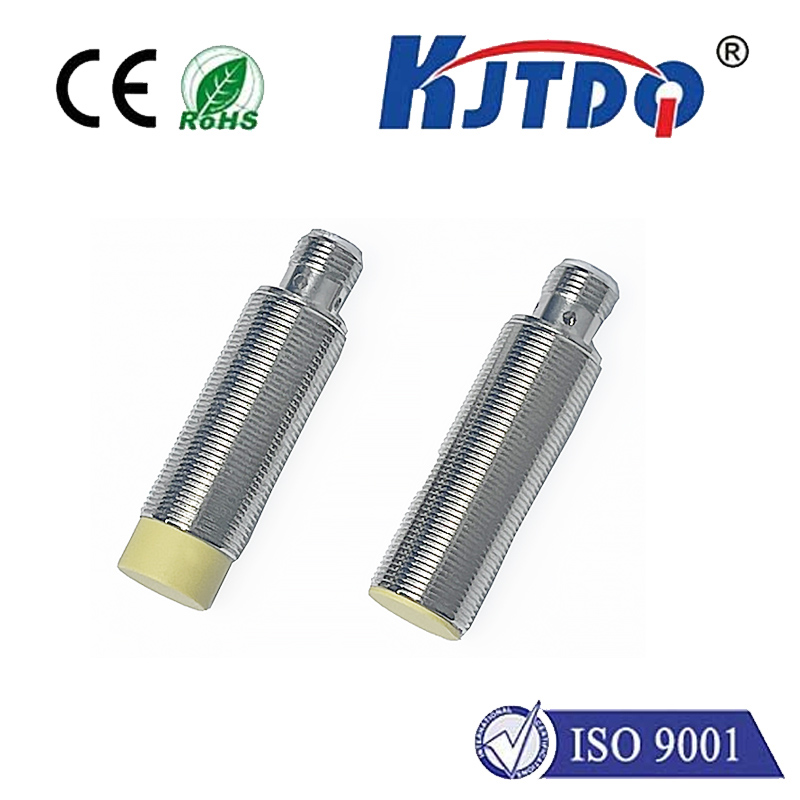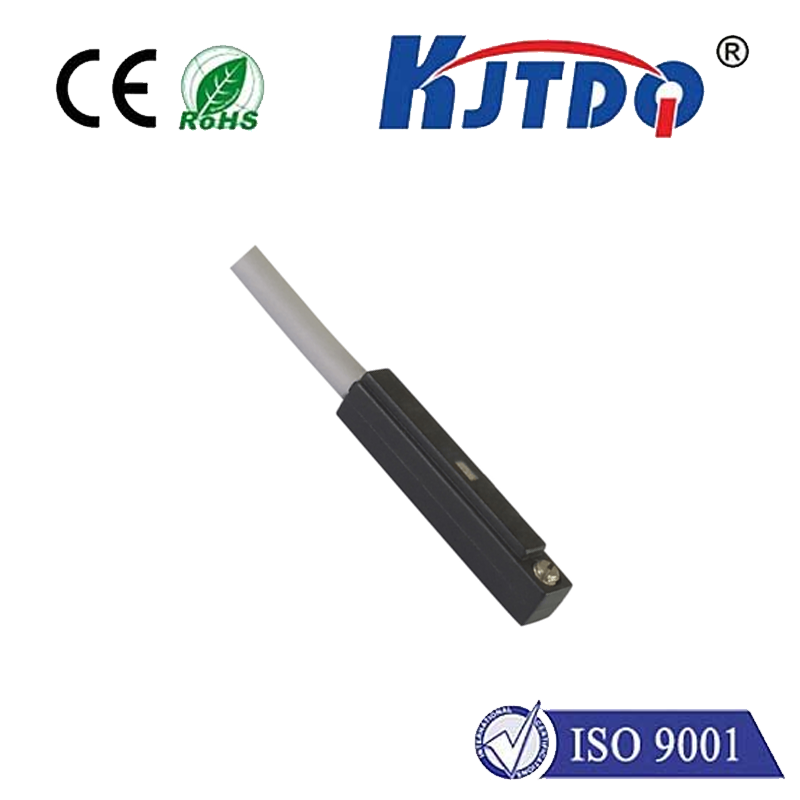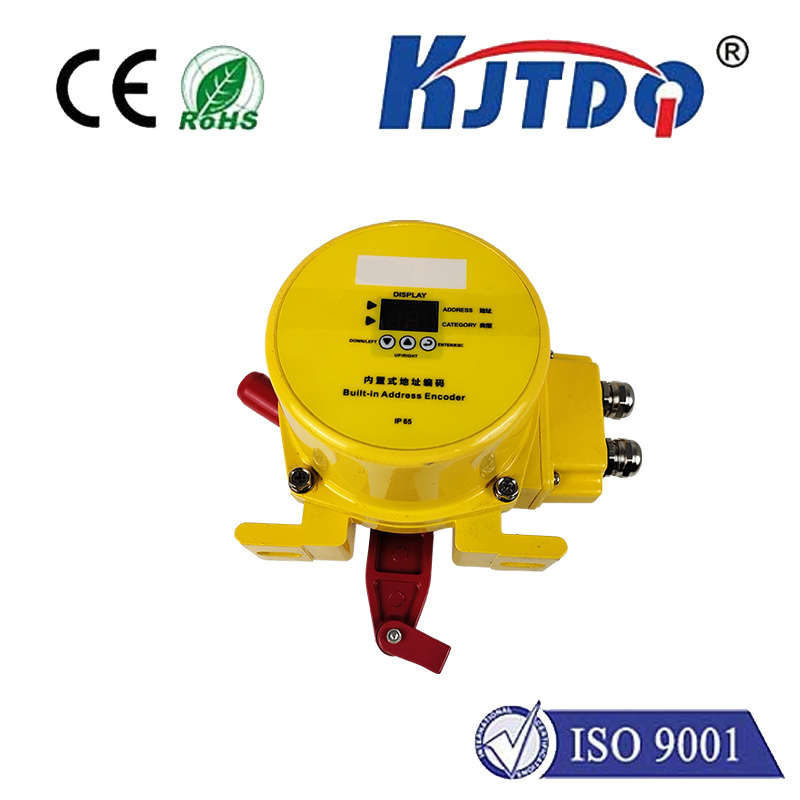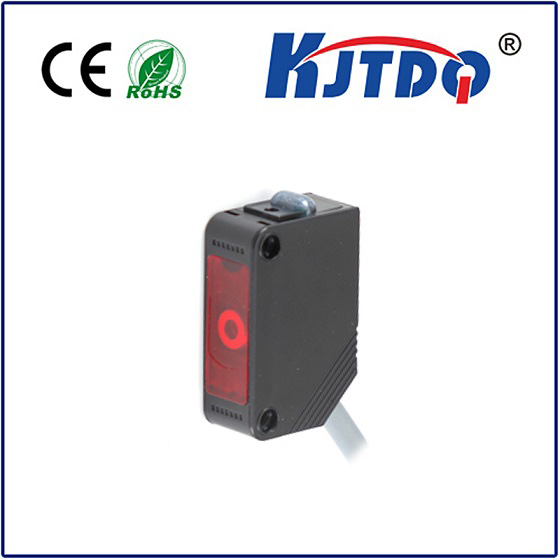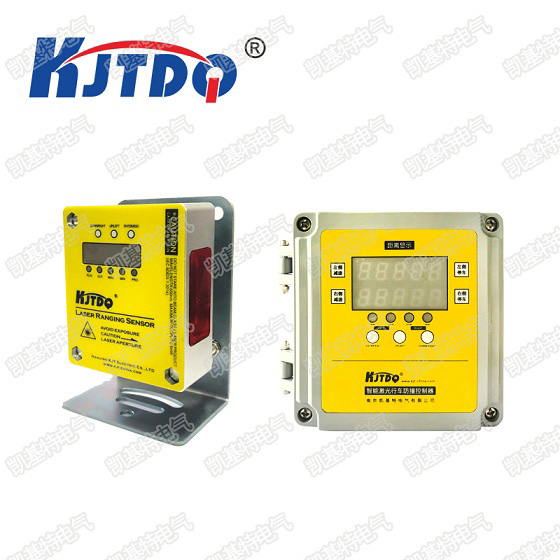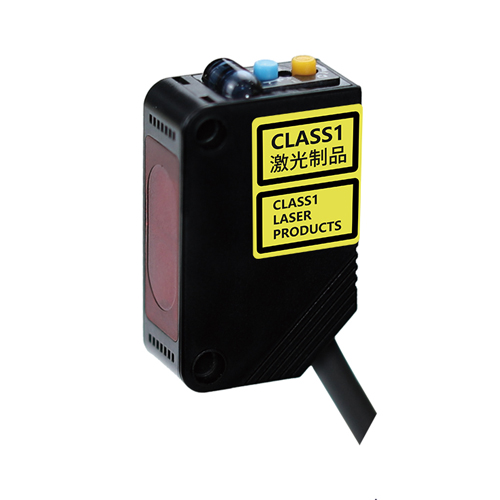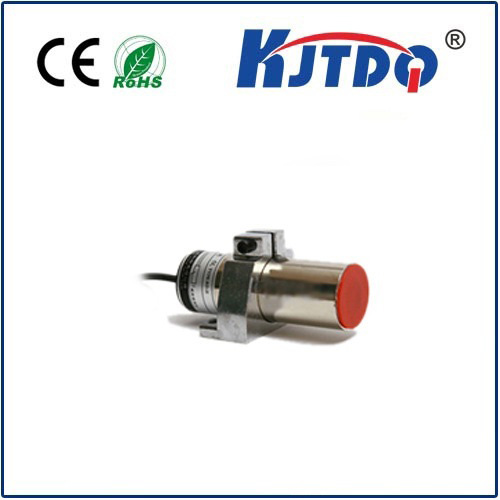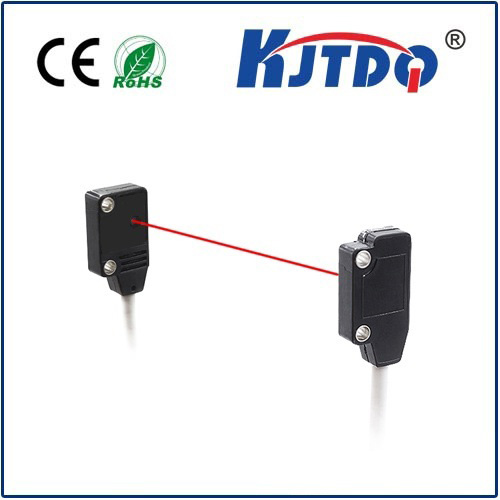

check

check

check

check

check

check

check

check

check

check
Introduction:
In today's world, close proximity sensors have become an integral part of our daily lives. From smartphones to home automation systems, these tiny devices are used for a wide range of applications. They help us keep track of our surroundings and make our lives more convenient and efficient. In this article, we will explore the role of close proximity sensors and how they have transformed modern technology.
Section 1: What Are Close Proximity Sensors?
Close proximity sensors, also known as PIR (Passive Infrared) sensors, are small electronic devices that detect the presence of objects or people nearby. They use infrared radiation to detect the heat emitted by the body, making them highly accurate and reliable. These sensors are available in various shapes and sizes and can be integrated into various devices such as door locks, alarm systems, smoke detectors, and motion detectors.
Section 2: The Use of Close Proximity Sensors in Mobile Devices
One of the most popular applications of close proximity sensors is in mobile devices such as smartphones and tablets. These devices come equipped with built-in sensors that can detect when a user is about to drop their phone or tablet. This feature not only helps users prevent accidental drops but also saves battery life by reducing the amount of power consumed by the device. Additionally, many modern smartphones also come with proximity sensors that can detect when a user is wearing headphones or a headset and automatically pause audio playback to avoid disruptions.
Section 3: The Role of Close Proximity Sensors in Home Automation Systems
Home automation systems such as smart lights, thermostats, and security cameras also rely heavily on close proximity sensors. These sensors help these systems determine when someone is entering or exiting a room and adjust their settings accordingly. For example, if someone enters a living room while the thermostat is set to a temperature of 72 degrees, the system can automatically adjust the temperature to make the room more comfortable. Similarly, if someone enters a bedroom while the lights are off, the system can turn on the lights to ensure that the person can see where they are going.
Section 4: The Advantages of Close Proximity Sensors
There are several advantages to using close proximity sensors in modern technology. First and foremost, they provide a high level of accuracy and reliability, making them ideal for applications that require precise detection. Additionally, these sensors are low-cost and easy to integrate into various devices, making them accessible to a wide range of users. Finally, close proximity sensors help reduce energy consumption by automatically turning off devices when not in use, which can help save money on electricity bills.
Conclusion:
In conclusion, close proximity sensors have revolutionized modern technology by providing valuable insights into our daily surroundings. Whether it's detecting when we're about to drop our phone or turning off lights when we leave a room, these tiny devices play a critical role in ensuring our comfort and convenience. As technology continues to evolve, it's likely that we will see even more innovative applications of close proximity sensors in the future.
